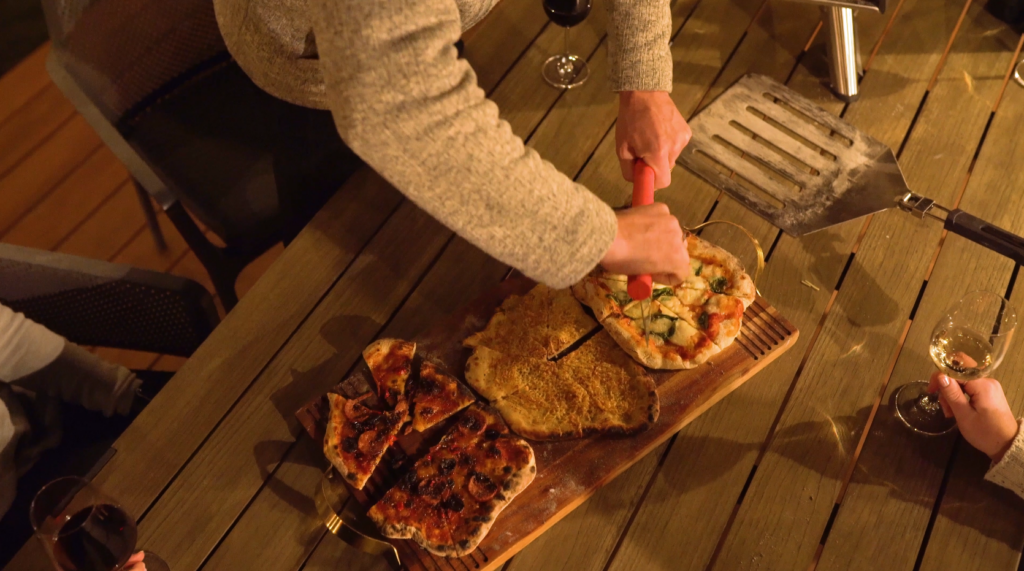BUTANE GAS CANISTERS
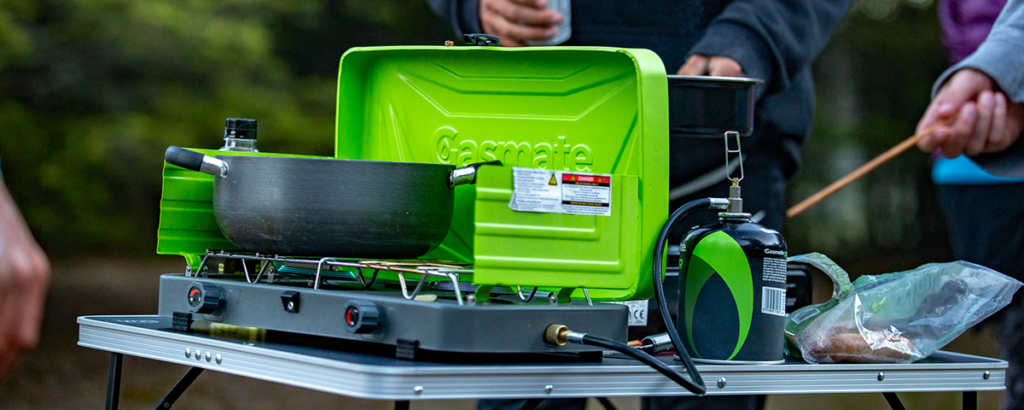
How to Safely Use a Butane Gas Canister
Similar to other bottled gas, it is essential you take the necessary safety precautions when using butane gas canisters.
SAFE STORAGE:
Butane gas canisters should be stored out of direct sunlight in a cool area, well ventilated space away from consumables.
Ensure storage is in a well-ventilated space away from flammable liquids, aerosols sparks, open flames and hot surfaces.
After use, remove the gas canister from the stove. Cap the valve of the canister and store in a cool area, well ventilated area. Do this even if the canister is empty. Do not store your canister inside or attached to your stove.
SECURE TRANSPORTATION:
Keep canisters upright in a storage container and with the lid securely in place.
Ensure gas canisters are kept out of direct sunlight during transit.
Never dispose of empty canisters by throwing them in the fire. They may not be completely empty and will explode. Respect the outdoors, pack out what you pack in.
SAFE CANISTER USAGE:
Always read the manufacturer’s instructions before use and use butane products according to the manufacturer’s standards.
Butane gas stoves should not be used indoors or in confined spaces. Ensure that you are in a well-ventilated area and have adequate air flow over the top and sides of the unit.
Take precautions to avoid inhaling butane when using it for cooking, heating or lighting.
Take caution when using butane fuel in windy conditions as burners can blow out.
When using pots or pans, do not use one that is larger than indicated in the manufacturers instruction manual. They will concentrate heat backwards towards the butane canister causing it to overheat. Gasmate 220gm canisters are fitted with twin safety devices – Triple Seam Seal (TSR) and Rim Vent Release (RVR) that will activate in an over pressure situation to safely release the pressure built up. Learn more about butane canister safety features here.
Butane stove should not be operated for longer than what is recommended by the manufacturer. Check your manual for these recommendations.
If you have a butane fire, do not try to extinguish a butane-caused fire until the source of the gas can be turned off.
Avoid leaving a lit stove unattended or placed near flammable items during use.
If you smell a gas leak, put out all the flames and turn off the stove immediately. Do not use appliances if they are giving off a smell as this indicates leaking gas or emissions linked to carbon monoxide poisoning.
If your appliance is malfunctioning – stop using it.
GAS CANISTER MAINTENANCE:
Periodically inspect the valves in your stove to ensure there is no damage and never tamper with the valves.
For all gas appliances speak to a gas appliance professional if you unsure about how to make it safe for use.
Carbon Monoxide Poisoning
Camping appliances must be used in a well-ventilated area. In New Zealand, the majority of deaths associated with the use of camping appliances have been attributed to carbon monoxide (CO) poisoning.
Without proper ventilation, stoves, barbecues, heaters, lamps or other gas appliances can give off poisonous carbon monoxide.
A faulty appliance may also emit carbon monoxide even in well ventilated areas. Ensure you are taking the required safety steps and if you smell gas, immediately stop using your appliance.
Carbon monoxide is highly toxic. While carbon monoxide is odourless, it is accompanied by other emissions that may produce a ‘rotten egg or car exhaust’ smell.
Carbon monoxide poisoning can produce the following symptoms: Headaches; Nausea; Dizziness; A desire to sleep. Prolonged exposure or high levels of carbon monoxide will result in collapse, unconsciousness and even death.
If you suspect a person is suffering from carbon monoxide poisoning move them outside immediately to fresh air, call for medical assistance and monitor them constantly until help arrives and be prepared to start CPR if necessary.
Browse More Tips & Tricks
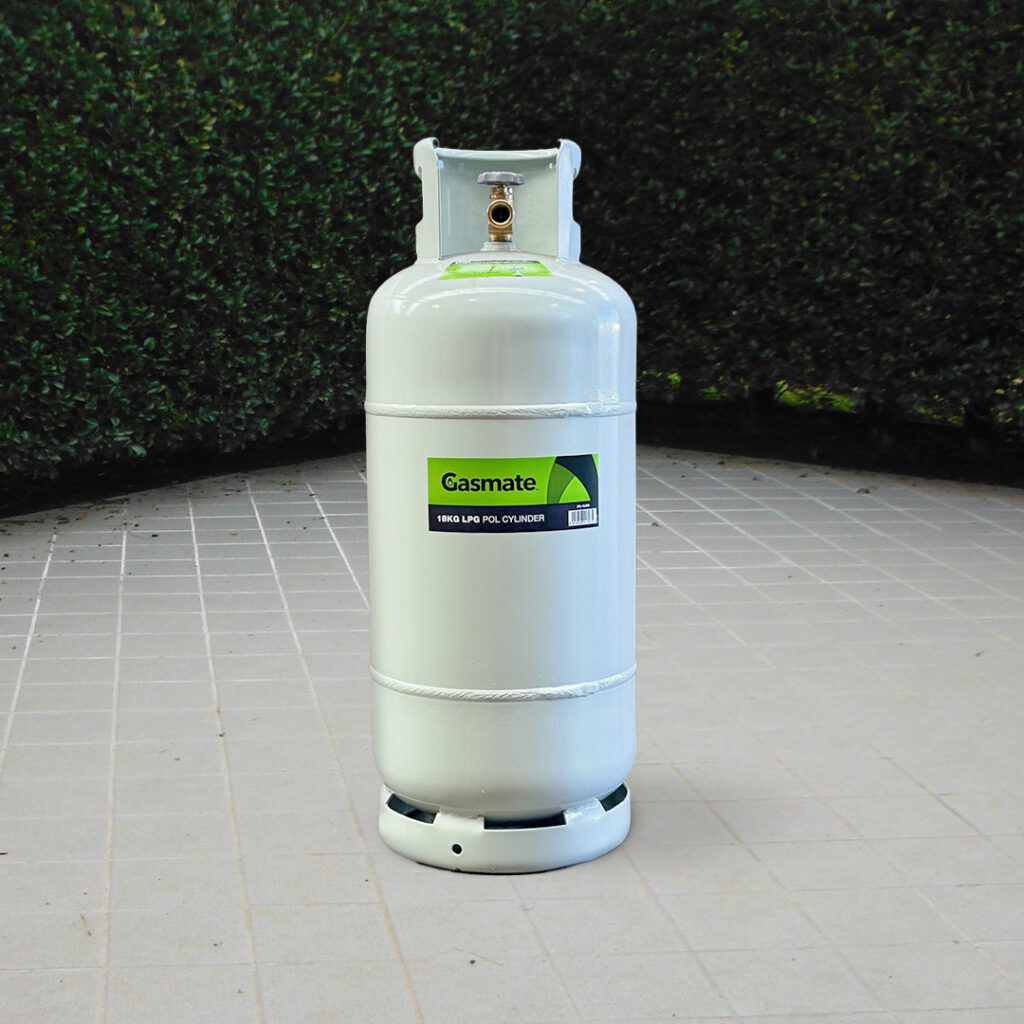
Filling LPG Gas Bottles in NZ: Your Go-To Guide
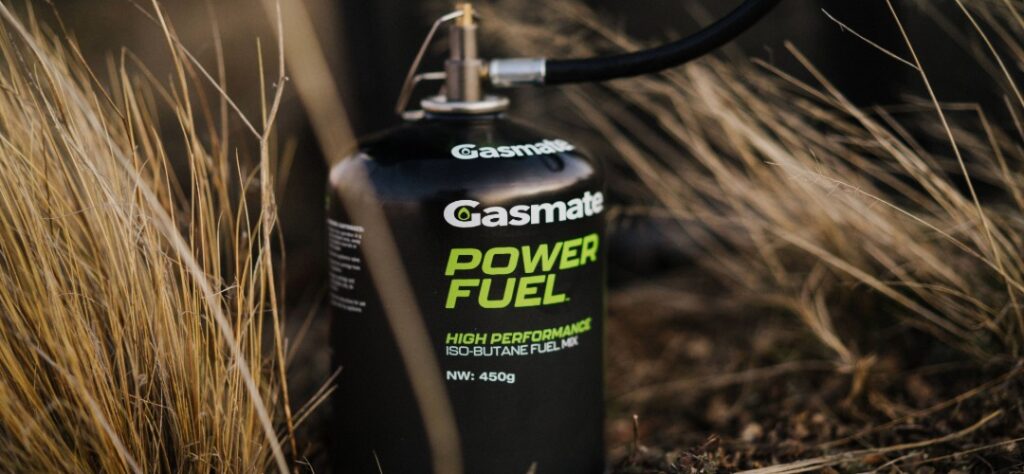
The Complete Guide to Gas Cylinders, Connections & Adaptors – Gasmate NZ
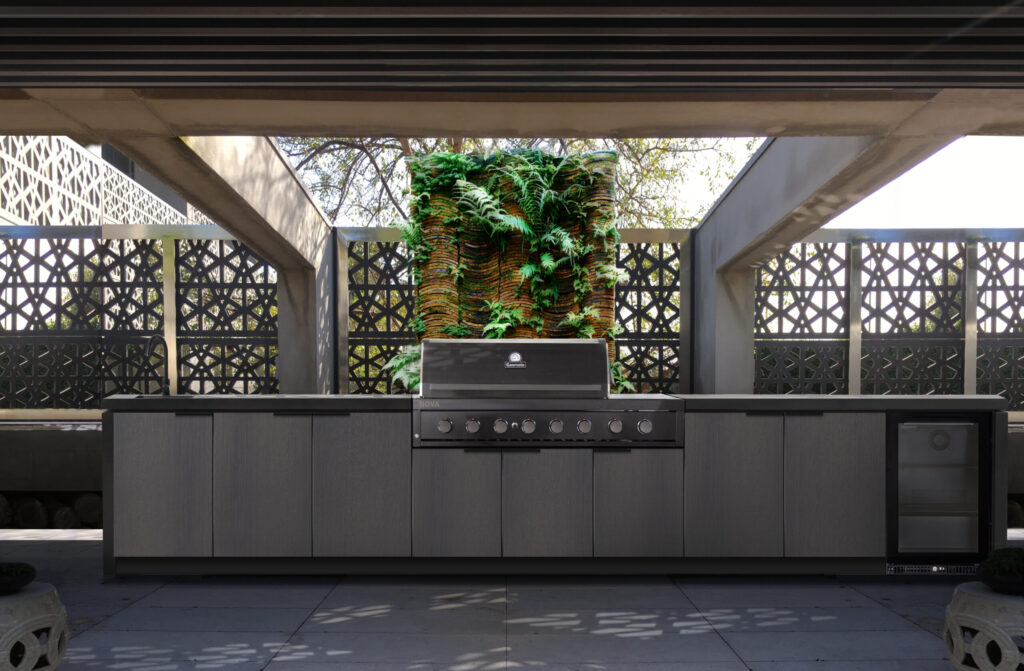
Introducing Cabinex™ Outdoor Kitchens: Where Style Meets Performance
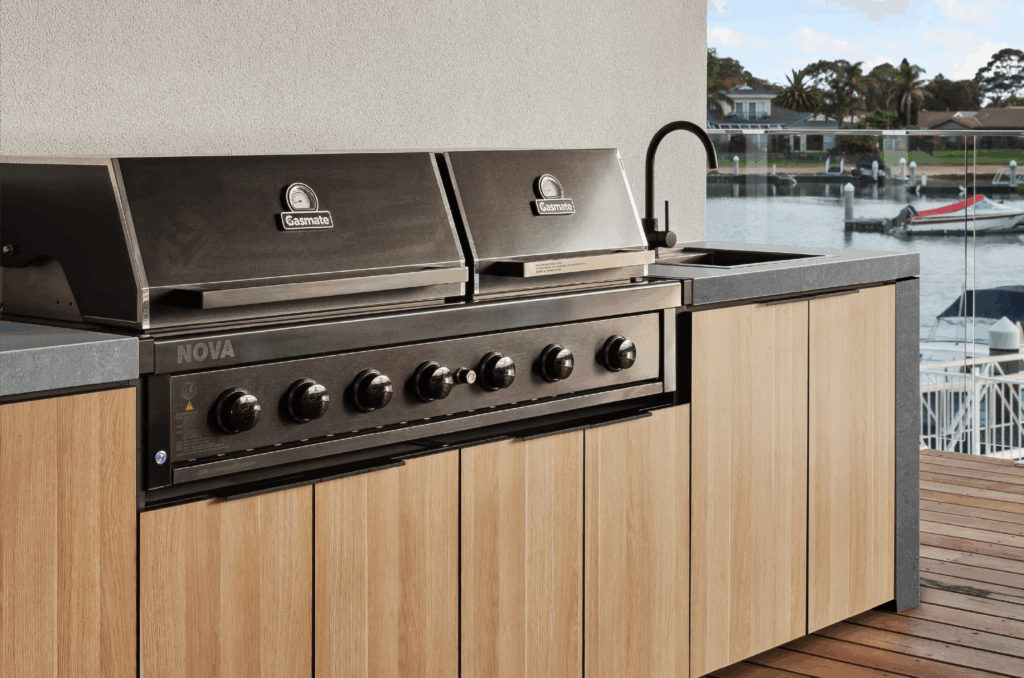
Introducing Cabinex™ Outdoor Kitchens: Built for Every New Zealand Season
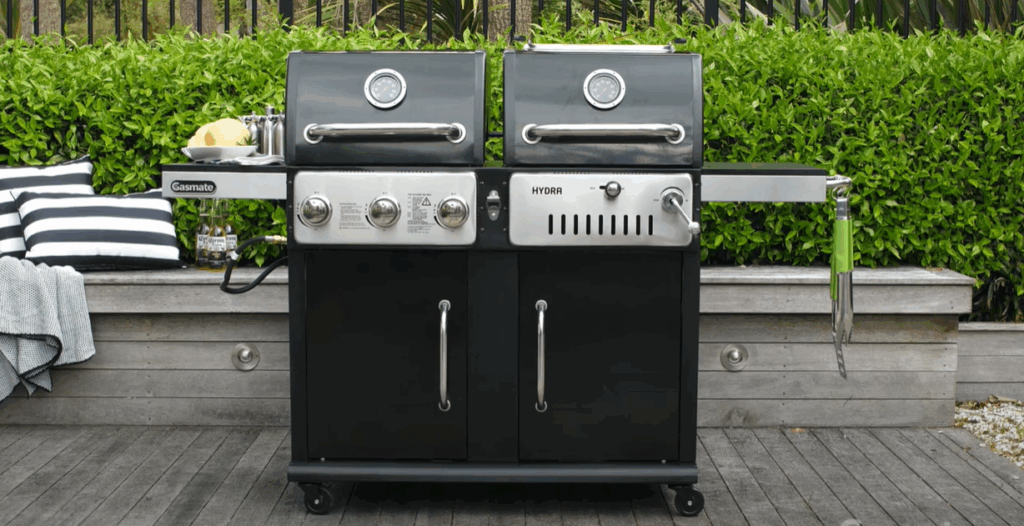
How To Store Your Gas BBQ Over Winter
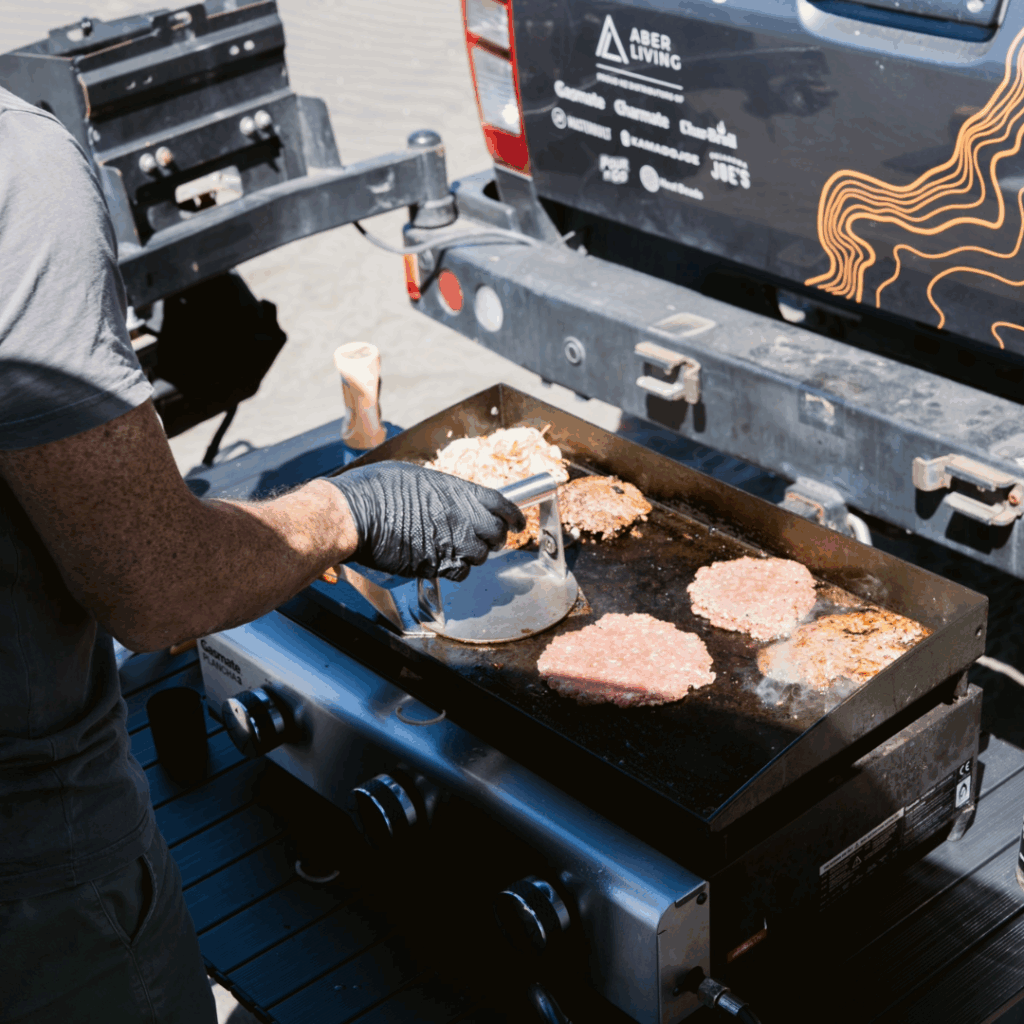
How To Make The Best Burgers At Home
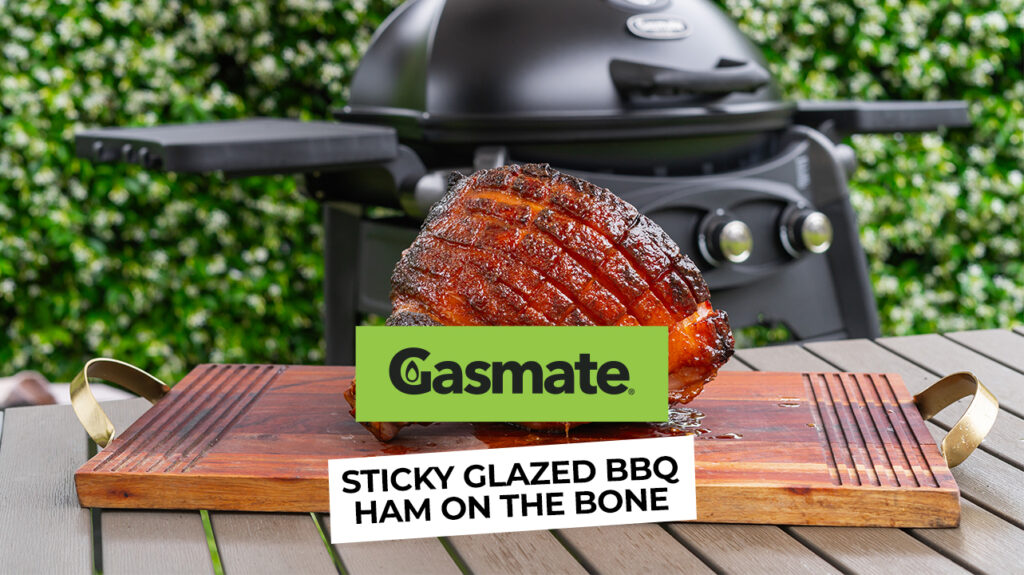
Sticky Glazed BBQ Ham on the Bone
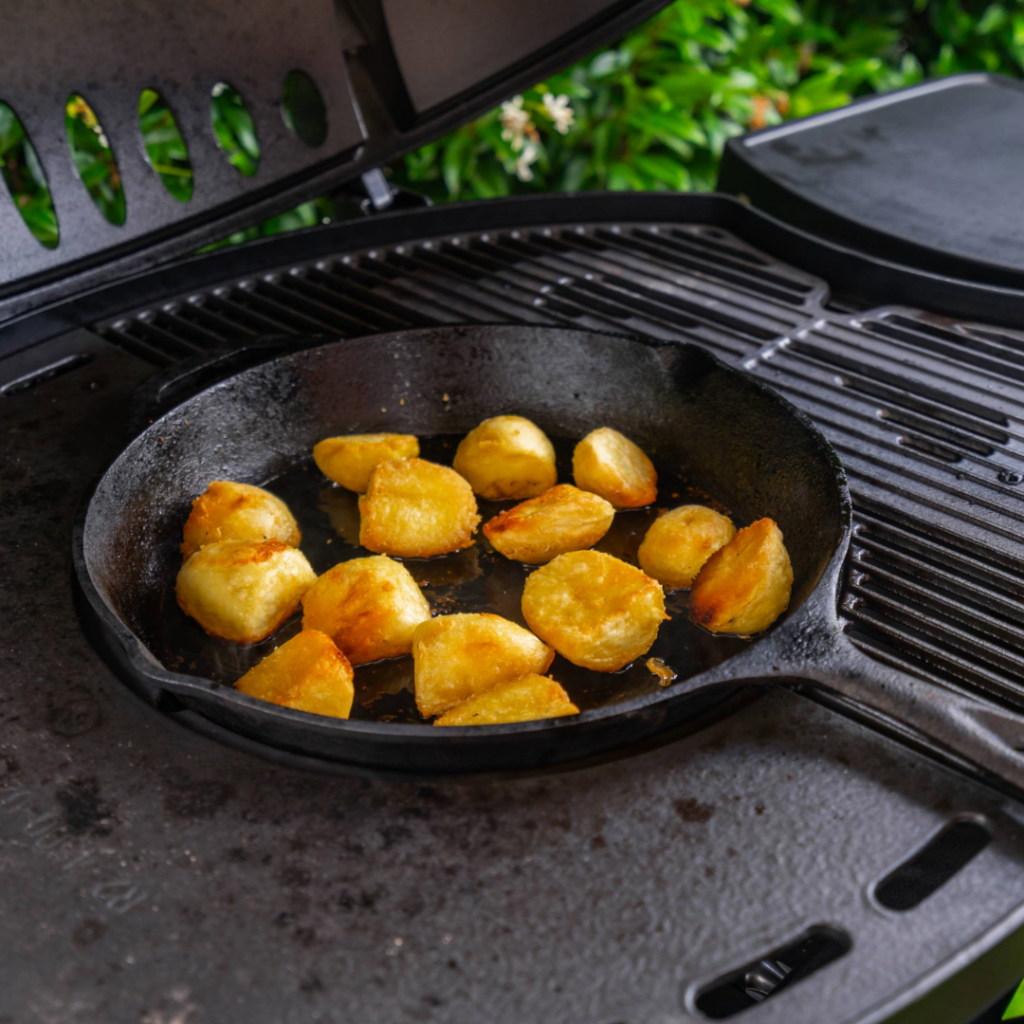
Crispy Roasted Potatoes Recipe: 3 Ingredient Method for Perfectly Cooked Potatoes
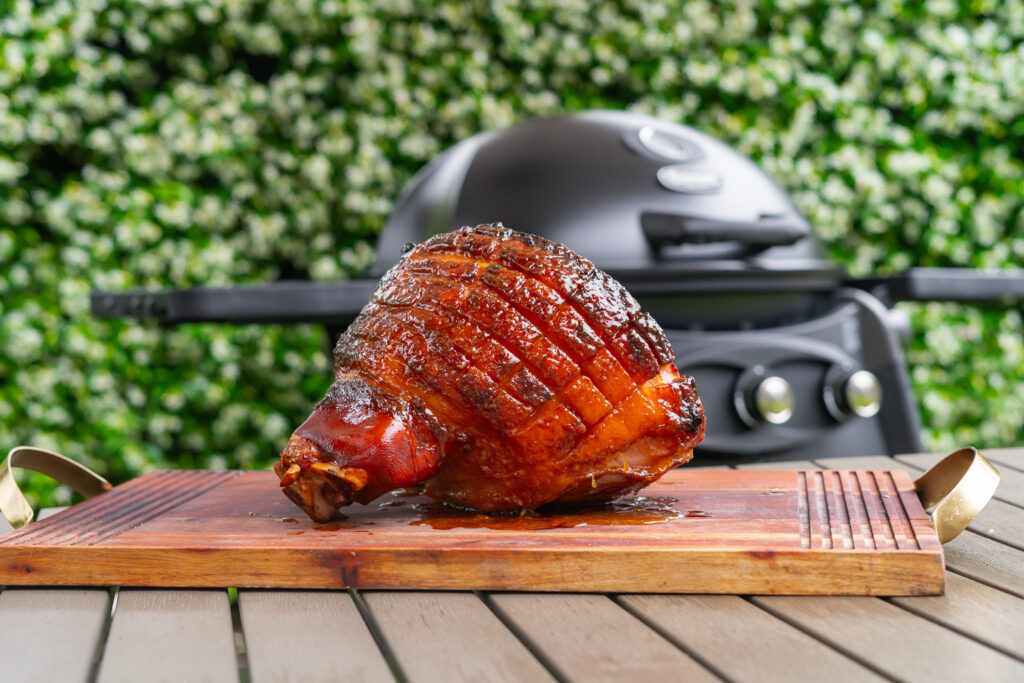
BBQ Glazed Ham on the Bone: A Crowd-Pleasing Recipe Made Easy Using 4 Simple Ingredients
